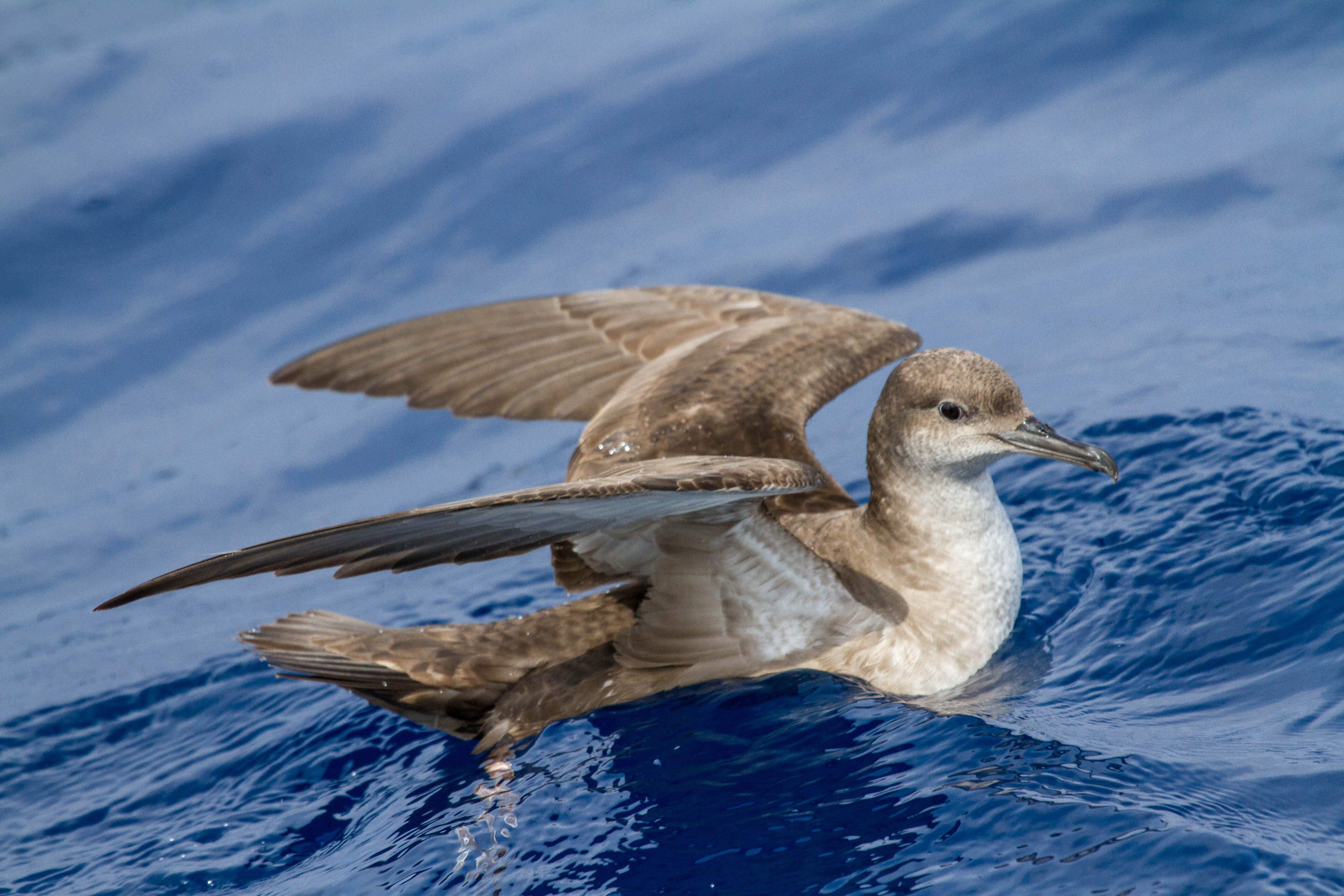
Balearic Shearwater at sea, photograph by Pep Arcos
Rute Costa (Departamento de Biologia, Universidade de Aveiro, Portugal) and colleagues have published in the European Journal of Wildlife Research on coastal strandings and rehabilitation of seabirds in Portugal. The stranded seabirds included 62 ACAP-listed and Critically Endangered Balearic Shearwaters Puffinus mauretanicus. of which 46 were categorized as due to “Entanglement/Bycatch”, defined as birds “presenting fishing related material (hooks, lines, nets and cables) and other marine debris such as non-fishing lines or ropes”. All but two of the 46 were dead on arrival at a rehabilitation centre or did not survive when under care.
The paper’s abstract follows:
“Thousands of marine animals are injured and killed each year across Europe. Wildlife rehabilitation centres play an important role to rehabilitate sick and injured animals and return them to the wild. This study aims to assess seabird rehabilitation outcomes and causes of mortality of stranded seabirds in the central Portuguese coast. During a 7-year period (2010–2016) a total of 2042 admissions were registered, including 1135 live and 907 dead seabirds. The main causes for live admissions were trauma (30%) and toxicity (29.5%) and the main cause of all admissions (dead and alive) was entanglement/bycatch representing 42.5% of all seabirds. Large gulls, auks, gannets, and shearwaters and petrels were the most admitted seabird groups. A total of 445 seabirds (39%) were [sic] released to the wild following rehabilitation, 346 (31%) died during the rehabilitation process and 344 (30%) were considered untreatable after diagnosis and were euthanised. Considering the rehabilitation success rate and the high number of individuals admitted due to causes associated with human activities (entanglement/bycatch, trauma), marine animal rehabilitation centres and stranding networks are important to seabird conservation. These data also contribute to monitor the impacts of human activities on seabird populations outside their breeding areas.”
With thanks to Janine Dunlop, Niven Librarian, University of Cape Town.
Reference:
Costa, R.A., Sá, S., Pereira, A.T., Ferreira, M., Vingada, J.V. & Eira, C. 2021. Threats to seabirds in Portugal: integrating data from a rehabilitation centre and stranding network. European Journal of Wildlife Research doi.org/10.1007/s10344-021-01483-5.
John Cooper, ACAP Information Officer, 02 May 2021

 English
English  Français
Français  Español
Español